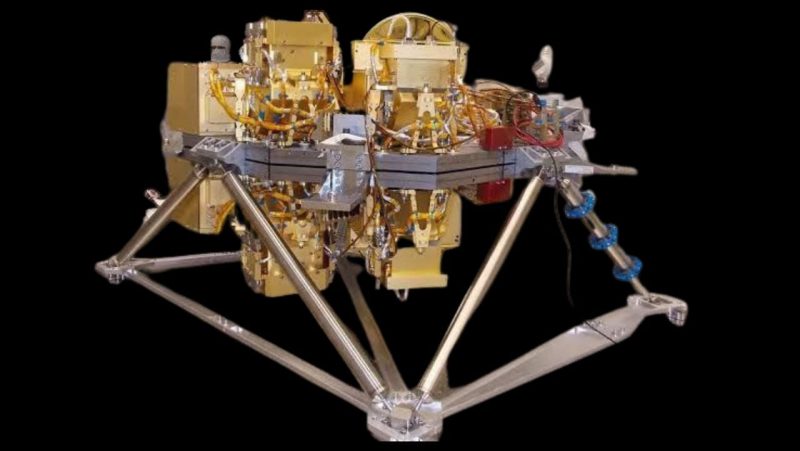The James Webb Space Telescope (JWST) is a space telescope designed primarily to conduct infrared astronomy. The world’s most powerful telescope ever, was launched on December 25, 2021. It is deployed in a solar orbit near the Sun–Earth L2 Lagrange point, about 1.5 million kilometres (930,000 mi) from the Earth.
JWST is equipped with four scientific instruments sensitive over a wide range of wavelength from the optical to the mid-infrared region i.e. (0.6 – 28.3 microns).
Webb’s unprecedented scientific power is a function of both the size of its primary mirror and the extreme sensitivity and precision of its four scientific instruments:
- Mid-Infrared Instrument (MIRI)
Each of these instruments will be described in great details one by one in different articles.
This section deals with the Near-Infrared Camera ( NIRCam), JWST’s most powerful scientific instrument responsible for taking high-resolution images, the function of each of its components, different observatory modes, and the technical aspects they are designed for.
JWST’s Near-Infrared Camera (NIRCam)
Webb’s primary imager will cover the infrared wavelength range of 0.6 to 5 microns and will be known as the near-infrared camera (NIRCam). Light from the earliest stars and galaxies in the process of formation, the population of stars in adjacent galaxies, as well as young stars in the Milky Way and Kuiper Belt objects, will be detected by NIRCam.
NIRCam has coronagraphs, which are instruments that allow astronomers to photograph very faint objects surrounding a bright core source, such as star systems.
The coronagraphs on NIRCam function by blocking the light from a brighter object, allowing you to focus on the view in front of you – just like covering your eyes from the sun with an upraised hand allows you to focus on the vision in front of you. Astronomers want to use the coronagraphs to figure out what planets orbiting neighboring stars look like.
NIRCam’s Detailed Technical Specifications
There are ten mercury-cadmium-telluride (HgCdTe) detector arrays that make up the NIRCam. These are similar to the CCDs found in most digital cameras. The NIRCam is a research device and an Optical Telescope Element wavefront sensor that provides vision correction akin to LASIK surgery.
